
LOVE. MARRIAGE. HAPPINESS.
Objectives:
- to extend students’ knowledge about British way of life;
- to develop students’ creative imagination in communicative activity;
- to improve oral speech skills based on different prompts;
- to develop students’ reading skills;
- to develop students’ grammar skills;
- to stimulate students’ creative thinking in project activity;
Equipment : pictures, cards, some pieces of music, stripped expressions.
PROCEDURE
I. Introduction.
In the sounds of music the teacher quoted
T.: “A blessed thing it is for any man or woman to have a friend,
one human soul whom we can trust utterly,
who knows the best and worst of us,
and who loves us in spite of all our faults”
Today at the lesson of home reading we shall discuss the 7th part of the novel “Up at the Villa” by Somerset Maugham.
II. Defining the main idea.
T.: Think it over and say what nouns can be used to express the main idea of the novel “Up at the Villa”? (The students name everything they consider to be suitable and the teacher choose the necessary words.) So the topic of our lesson is “LOVE. MARRIAGE. HAPPINESS.”
III. Content in brief.
T.: For knowing what we are talking about give the content of the chapters read in brief.
IV. Listening comprehension test.
T.: Let’s see how you know the main characters. Fill in the chart marking with plus a person characterized by the quotation.
|
№ |
Mary |
Edgar |
Karl |
Rowley |
|
1 |
|
|
|
|
|
2 |
|
|
|
|
|
3 |
|
|
|
|
|
4 |
|
|
|
|
|
5 |
|
|
|
|
|
6 |
|
|
|
|
|
7 |
|
|
|
|
|
8 |
|
|
|
|
|
9 |
|
|
|
|
|
10 |
|
|
|
|
|
11 |
|
|
|
|
|
12 |
|
|
|
|
|
№ |
M |
E |
K |
R |
|
1 |
+ |
|
|
|
|
2 |
|
|
|
+ |
|
3 |
|
+ |
|
|
|
4 |
|
+ |
|
|
|
5 |
+ |
|
|
|
|
6 |
|
|
+ |
|
|
7 |
|
|
|
+ |
|
8 |
|
+ |
|
|
|
9 |
+ |
|
|
|
|
10 |
|
|
+ |
|
|
11 |
|
|
|
+ |
|
12 |
|
|
+ |
|
1. You are vile.
2. She was sure he would come if she asked him.
3. He was a man of consequence.
4. A handsome man in the prime of life.
5. I have a cool head and a sense of humour.
6. A man with a melancholy look.
7. You think of nothing but having a good time.
8. The right man in the right place.
9. A beautiful creature with exquisite features.
10. He looked so wretched.
11. He was a young man with a shocking reputation.
12. He was a romantic creature who knew more of books than of life.
V. A picture story.
T.: Comment upon every picture and put them in the order they appear in the text.
(See the Appendix)
VI. Pair work.
T.: We have read this novel to a very interesting moment. Edgar wants to marry Mary but she is going to tell him about her meeting with Karl. Rowley advises her not to be so silly but to have it in her own way. Please think it over and act the imaginary dialogue between Mary and Edgar.
VII. Brainstorming.
T.: Have you ever fallen in love? If yes you can share with us your ideas what love can be compared with.
VIII. Problem solving.
T.: Love like a music can be in everything. Let’s look for love in ordinary objects, using the structure as + adjective as + noun. (Possible words for the exercise are: a river, a mountain, a thunderstorm, a desert, a volcano, a music, a hurricane, a life, a rainbow, etc.)
IX. Poetic corner.
1. T.: Some minutes before you compared love with poetry. That’s right, because only in poems one can express his feelings in the most proper way. For example, as in the poem “If I Had Some Magic”. Read it, please.
If I had some magic,
I would set it free,
And make just one wish:
People happy to be.
I’d build a big castle,
And make it a home
For all of those souls
That are somehow lonely.
I’d cancel the laws
That forbid saying love words,
I’d transform the system,
And turn the world upwards.
So that every woman,
So that every man
Could tell what they feel
And could be what they can.
I’d make words “I love you”
The song of the heart,
Let people repeat them
As long as they want.
Let no one suffer,
Let no one cry,
Let no one fake
And let no one die.
I’d make people better,
And teach them to care,
Destroy all the evil,
And send it to nowhere.
If I had some magic
I know what I do:
I’d share it with someone
Who believes in it too
.
2. T.: I am sure that there is a poet in everyone. Use the models, the prompts and make up your own love poem.
Line 1: a noun
Line 2: two adjectives (and or but)
Line 3: a verb form + an adverb
Line 4: a comparison (as adj. as noun)
Line 5: a wish (if only)
X. Supplementary reading.
T.: Making up poems or speaking about love it is necessary to know what words to use, how to name your sweetheart. Let’s read the text to know it.
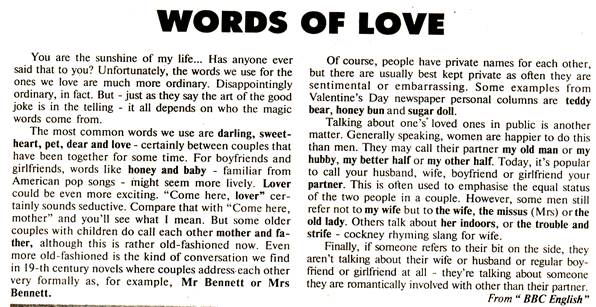
Look through the text to answer the questions:
1. How do some old couples call each other?
2. What are the examples of private names?
3. How can we call boyfriends and girlfriends?
4. What are the most common words used between couples that have been together for some time?
5. Give the examples of the unusual names women and men sometimes use for their partners.
What love words are used in the book?
XI. Group work.
Students are divided into 5 groups. They are given the strips with words. Each group has to put the words together to find out a quotation about love.
1. There is only one happiness in life, to love and be loved. (George Sand)
2. Happiness comes from making others happy. (Pierre Corneille)
3. Marriage is the greatest happiness when founded on complete sympathy. (B.Disraeli)
4. Falling in love consists of uncorking the imagination and bottling the common sense. (Helen Rowland)
5. He has achieved success who has lived well, laughed often and loved much. (Bessie Anderson Stanley)
XII. Group discussion.
T.: There is one more bright expression by Leo Buscaglia “Find the person who will love you because of your differences and not in spite of them and you have found a love for life”. So, from your point of view, what is more important, honest and natural to love for some good qualities or in spite of any bad traits?
XIII. Project work.
T.: While listening to music think over and imagine the most romantic situation when you want to hear love words for the first time.
XIV. Homework.
T.: Make up your own definition of love as you see it.
XV. Summing up.
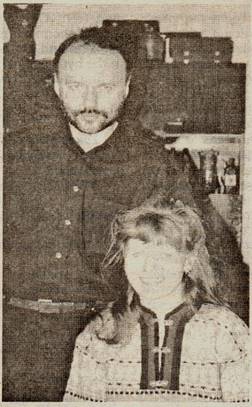
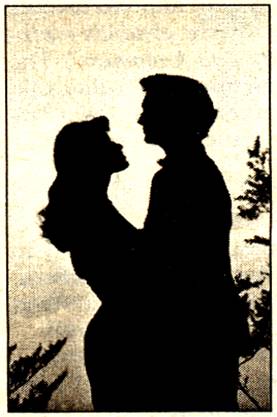
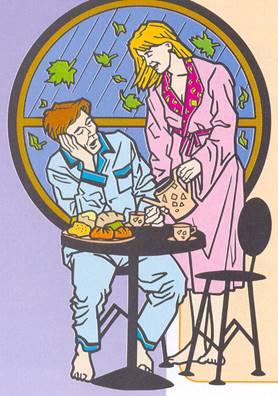
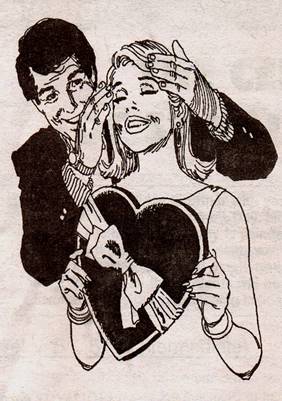
Материалы на данной страницы взяты из открытых источников либо размещены пользователем в соответствии с договором-офертой сайта. Вы можете сообщить о нарушении.